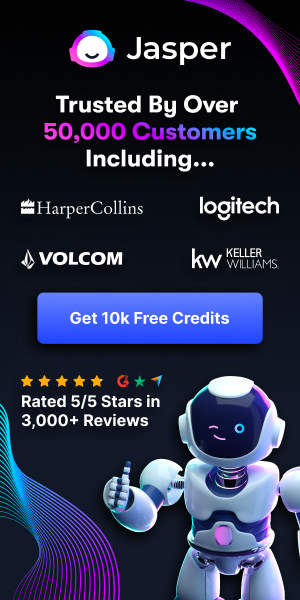
During the past century, innovation in mechanics, computing technology, medicine, and business practices has driven economic growth, raised wages, and helped Americans lead longer and healthier lives. The development of assembly line production, for example, and its application to the mass production of automobiles reduced the time to produce the Model T Ford by 68 percent over six years and reduced its cost by 62 percent, allowing middle-class families to afford what had once been a luxury (Williams, Haslam, and William 1992). The rapid pace of innovation and increases in productivity continued for most of the century, expanding the efficiency of American workers and providing more valuable goods and services at lower prices.
Since the 1970s, however, the pace of innovation has slowed, leading to lower overall wage growth for American workers. Moreover, those gains that have been made have not been shared equally across society. Although average wages have risen, buoyed by strong gains at the top of the distribution, the wages of many Americans have stagnated or fallen after adjusting for the cost of living over the past forty years. Reinvigorating the momentum of innovation that benefits all Americans is imperative to create broad-based economic growth and higher living standards.
To take on this challenge, The Hamilton Project held a forum, “PhDs, Policies, and Patents: Innovation and America’s Future,” on June 28, 2011. The discussion explored the evolving role of innovation in driving broad-based economic growth in the United States and the policy environment necessary to foster new ideas in science, technology, and business. From that conference The Hamilton Project pulled from the statements of each of our panelists to identify a dozen facts about innovation. These dozen facts encapsulate three themes: First, innovation has historically improved America’s overall standard of living through higher wages, lower prices, and health advancements. Second, the pace of innovation has slowed more recently and the gains from innovation have not benefitted all Americans. Third, in today’s increasingly competitive global economy, current U.S. policies are not doing enough to promote innovation. Without purposeful policies and necessary investments to spur innovation, the United States may not experience the same sort of economic and technological advances in the current century that we enjoyed in the past.



















